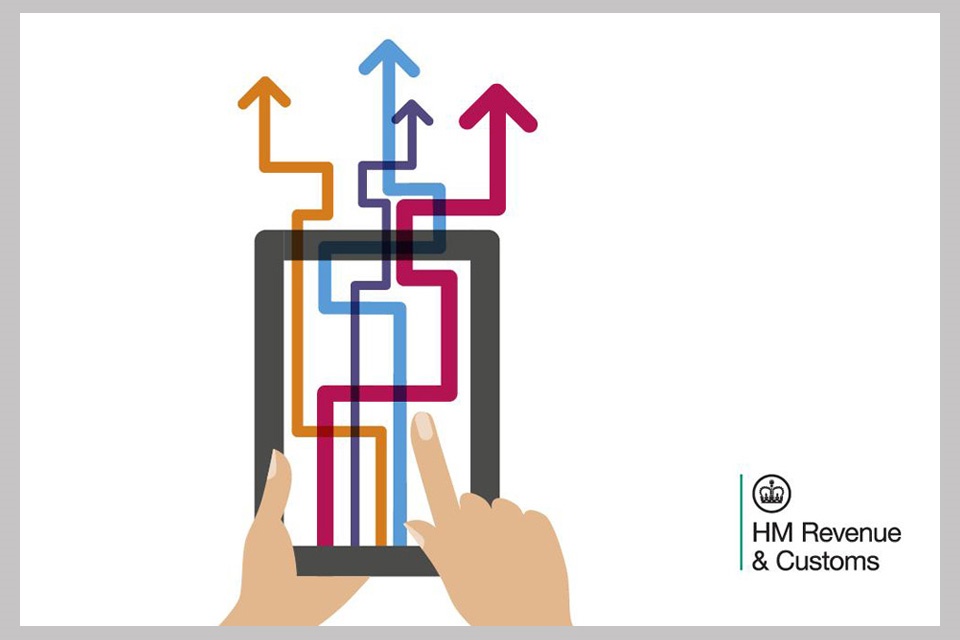Back in 2020, HMRC confirmed that Making Tax Digital (MTD) for VAT Phase 2 would be postponed due to the coronavirus pandemic. Currently, VAT-registered businesses with a turnover of less than £85,000 can choose to sign up to MTD for VAT. However, from 1st April 2022, all VAT-registered businesses in the UK must sign up, regardless of how much they earn.
But what is Making Tax Digital? And what does it mean for processing tax returns? We take a closer look…
What is Making Tax Digital for VAT?
Making Tax Digital for VAT is part of the government’s plan to make VAT returns paperless, more accurate, and easier to manage. Phase 2 of MTD for VAT requires over 1 million VAT-registered businesses in the UK to keep digital records and submit their VAT returns online so as to reduce any errors that may occur.
Who does this affect?
At present, VAT-registered companies with a taxable turnover of over £85,000 must apply for MTD for VAT, unless they use the VAT GIANT service or they apply for an exemption. If your taxable turnover is below the VAT registration threshold (£85,000), you can choose to voluntarily sign up for MTD for VAT.
But after 1st April 2022, signing up won’t be optional – it’ll be mandatory for all VAT-registered businesses. Among other responsibilities, all VAT returns will need to be completed and submitted using a compatible software package that connects to HMRC’s systems.
The deadline for submitting your VAT returns will remain the same, and if you fail to submit your return on time, you may be liable for a penalty. On top of that, you may also have to pay interest until the day your records and returns are in order, so it’s important to familiarise yourself with your MTD responsibilities as soon as possible.
Will Making Tax Digital apply to other forms of tax?
HMRC also confirmed that, from 6th April 2023, Making Tax Digital for Income Tax will be introduced. This will apply to the self-employed and landlords with an annual business or property income above £10,000.
Again, the new rules will involve keeping digital records and using compatible software. It will additionally involve sending regular updates to HMRC, and submitting a ‘final declaration’ rather than a Self Assessment tax return.
While April 2023 may seem far into the future, it’s better to start planning now in order to avoid the headache of getting up to speed later down the line. And we can help you prepare for this digitalisation of tax…
How we can help
If you currently use MTD-compatible accounting software to manage your finances, Phase 2 of MTD for VAT shouldn’t cause much disruption to your business. If you’re used to the more traditional way of record-keeping, however, you’ll need to embrace technology and get on board before the April 2022 (or April 2023) roll-out date.
But don’t worry – if you’re concerned about falling behind, you’re not alone. At Nabarro Poole, we’re experts when it comes to digital accounting and can help you get ready for MTD. We’ve been using online accounting software for over a decade, and can assist you with everything from budgeting and forecasting to tax planning and compliance.
To learn more about how we can help you adhere to the new MTD rules, get in touch with our team today. We’ll find a solution that works for you.


Recent Comments